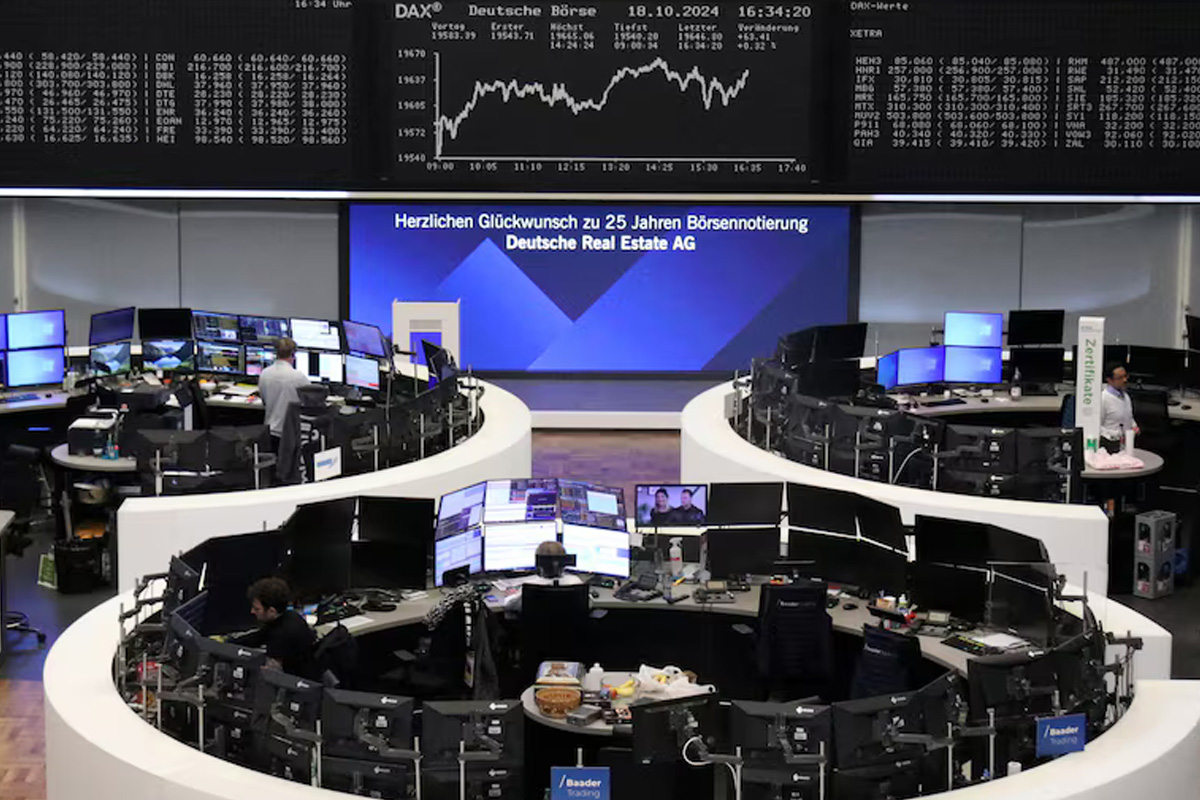Europe’s STOXX 600 (.STOXX), opens new tab was last up 0.57% after falling for the three previous sessions, by about 1.2% in total. Britain’s FTSE 100 (.FTSE), opens new tab climbed 0.78% and Germany’s DAX (.GDAXI), opens new tab rose 0.65%.
S&P 500 futures were up 0.41% after the stock index (.SPX), opens new tab dropped 0.9% on Wednesday.
“The mood turned a bit more positive as Tesla delivered a strong set of Q3 results,” said Jim Reid, a senior strategist at Deutsche Bank. “The automaker is now projecting a slight increase in deliveries for the current year.”
In Asia, Tokyo’s Nikkei (.N225), opens new tab rose 0.1% but Hong Kong’s Hang Seng index (.HSI), opens new tab and China’s blue chips (.CSI300), opens new tab dropped more than 1%, following Wall Street stocks lower.
The euro was last up 0.14% at $1.0797, rebounding slightly after slipping to a three-month low on Wednesday.
The pound climbed 0.31% to $1.2963, supported by a rise in British government bond yields as prices fell on a newspaper report that said finance minister Rachel Reeves was set to give herself a lot more room for borrowing in next week’s budget.
Meanwhile, the dollar fell 0.5% against the yen to 152 after a rapid rally in recent days.
In bond markets, benchmark 10-year U.S. Treasury yields fell around 5 bps to 4.196%, pulling back after rising to a three-month high of 4.26% on Wednesday.
Tiffany Wilding, PIMCO economist, cautioned against reading too much into the recent rise in bond yields, saying that historical patterns suggest the change in 10-year yields a month after the Fed’s first rat cut has not provided a consistent signal about the magnitude of further cuts.
All the same, strong economic data have led traders to question whether the Fed can afford to be cutting rates too deeply at each of its two remaining meetings this year. Money market prices imply just 40 basis points of easing this year.







